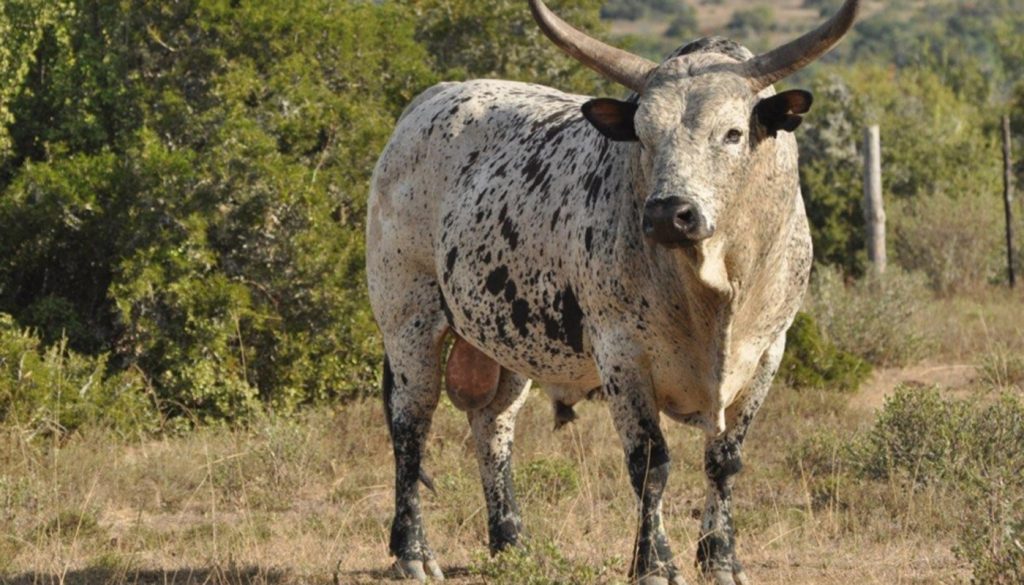
The Nguni breed is a breed that is a breed that is from Africa and their correct name is Southern African Cattle. Nguni is known as a Colonial concept and said to be wrong because these cattle were also used by various other African tribes and not only the Nguni. They are of a medium size stature and very adept to the vast grazing pastures in South Africa. They are mostly characterized by their multicolored coats which can vary quite a bit in both color and pattern as well as presenting quite a few different horn lengths and shapes of their horns.
NGUNI BREED OF CATTLE QUICK PROFILE OVERVIEW
|
|
|---|---|
| The Nguni breed of cattle has a cervicothoracic hump that can be found in the front of their forelegs instead of a thoracic hump that is usually found on the animals back mostly on their lower neck of between their shoulder-blades. | |
| Country of Origin: | Africa |
| Other Names: | None |
| Main Purpose: | Milk, meat, and draft |
| You may Also Like: | 35 Best Cattle Breeds for Milk – Dairy Cattle |
| You may Also Like: | 47 Best Cattle Breeds for Meat – Beef Cattle |
| Can be used for | Breed, Meat, Milk, Draft |
| Ideal Climate: | Heat, Cold, Most Climates |
| Conservation Status: |
Not listed by the *ALC Status/Rarity: Not at risk |
| Health Issues? | No known health issues |
| Good Starter Cattle? | Novice to intermediate Cattle farmer/keeper level |
| Cattle Associations: | Nguni SA |
| Cattle Clubs: | Please refer to the Nguni SA site for more information on the Nguni breed |
| Where to buy them? | Please refer to the Nguni SA site for more information on the Nguni breed |
| Child Friendly? | Livestock should not be left unattended around unsupervised children |
| General Information: | The Nguni or rather Southern African Cattle breed is a breed of cattle that are a mix of the Bos Indicus types (Zebu – humped cattle) and the Bos Taurus types of cattle that are hump less European breeds of cattle.
The cataloging of the various horn shapes, coat colors and patterns is what inspired the start of the Nguni cattle breeds cattle to register the Nguni Cattle Register. |
| Note: *ALC stands for American Livestock Conservancy | |
PHYSICAL CHARACTERISTICS |
||||||||||||||||||||||||||||||||
|---|---|---|---|---|---|---|---|---|---|---|---|---|---|---|---|---|---|---|---|---|---|---|---|---|---|---|---|---|---|---|---|---|
| The Nguni cattle breed are of a medium frame with the cows exhibiting the typical block cow shape and the bull is a bit rounded with more defined muscles and thicker necks and legs than the cows. | ||||||||||||||||||||||||||||||||
| Size: | Medium | |||||||||||||||||||||||||||||||
|
||||||||||||||||||||||||||||||||
COW BREEDING & MILKING INFORMATION |
|
|---|---|
| Most Cattle produce milk but not all of them are used in the dairy Cattle capacity for their milk. Cows only calve once a year and should have 12 to 14-month inter-calving cycle. The Nguni cow is a good mother, with good maternal instincts and an easy birther with little to no assistance or incidents. They are quite a fertile breed and breed well. They produce a good quality milk with a decent milk yield for various dairy uses. | |
| Breeding Period/cycle: | Usually lasts 6 to 24 hours Most ave. 12 to 16 hours Cows usually come on heat every 21 days. |
| Estrous cycle: | Ave. 17 days to 24 days Heifer – usually ave. 20 days Cows – usually ave. 21 days |
| Gestation Period: | Usually, around 279 to 287 days but most gestation is 283 days. Cows that are carrying bull calf’s their gestation period is usually a little longer than cows that are carrying heifer calves. |
| No. Calves/Litter: | 1 calf at a time. Cows rarely have twins or triplets, but it can happen |
| Lactation Period: | Cows lactation period can last for up to about 10 months (305) days. |
| Milking From: | 1 to 6 weeks after Calving |
| Drying off Period: | The cow should have a 12 to 14-month inter-calving cycle. Drying off period for around 60 days before she can calve again. |
| Milk Quality: |
Good, Butterfat = 5.37% , Protein = 3.13% Quantity: 5 liters, Per: Day |
| Milk Ideal for: | Calves |
| You may Also Like: | 35 Best Cattle Breeds for Milk – Dairy Cattle |
CATTLE MEAT PRODUCTION INFORMATION |
||||||||
|---|---|---|---|---|---|---|---|---|
| The Nguni cattle breed has a very good quality of lean meat with a good marbling and thin fat layer. The calves are born at an average weight of around 22.5 kgs and grow at around 0.7 kgs a day. Their average weaning weights are 175 kgs. Their finished carcass weight is around 180 to 220 Kgs. | ||||||||
| Meat Production? | Yes, Quality: Very Good | |||||||
|
||||||||
| You may Also Like: | 47 Best Cattle Breeds for Meat – Beef Cattle | |||||||
CATTLE SKIN PRODUCTION INFORMATION |
||||||||
|---|---|---|---|---|---|---|---|---|
| Most meat Cattle will have a skin by-product, and these are usually used in some form or just as a hide. The Nguni cattle has quite a sought-after hide that is used in high end rugs and furnishings | ||||||||
| Skin Production? | Yes, Quality: Good | |||||||
| Skin is used to Produce: | Calf/cow skin leather products such as shoes, car seats, fine leather coats, gloves, handbags, belts, furniture, rugs, etc. | |||||||
|
||||||||
HISTORY
During their migration to Southern Africa the Nguni, Zulu, Xhosa, Ndebele, and Swazi people brought their cattle with them. This was around 600 and 1400 AD. These animals have since played quite an important part of South African economics and social role in the development of the country.
The cattle were used to measure wealth and as trade. Dowry’s of cattle were expected for a bride. The wealth of the tribe was measured by the head of cattle that the tribe possessed.
The Zulu tribe under the rule of King Shaka recognized this and seized control of all livestock under his dominion. The selectively bred the herds for their various color coats in order to produce hides for which different members of his army would wear different colors. With his personal guards wearing white skins selected from the personal Royal herd.
Video
USEFUL LINKS
- Purebred Dairy Cattle Association
- American Dairy Association
- National Association of Animal Breeders
- American Dairy Science Association
- United States Cattlemen’s Association
- National Cattlemen’s Beef Association
- American National Cattlewomen
- Beef Cattle Breed Associations
- National Cattlemen’s Beef Association
- Fur Commission USA
- North American Meat Institute
- American Livestock Conservancy
- Animal Shelter (ASPCA)
- American Veterinary Medical Association
- American Animal Welfare Society
- American Animal Control
- American Society of Animal Science
- United States Department of Agriculture
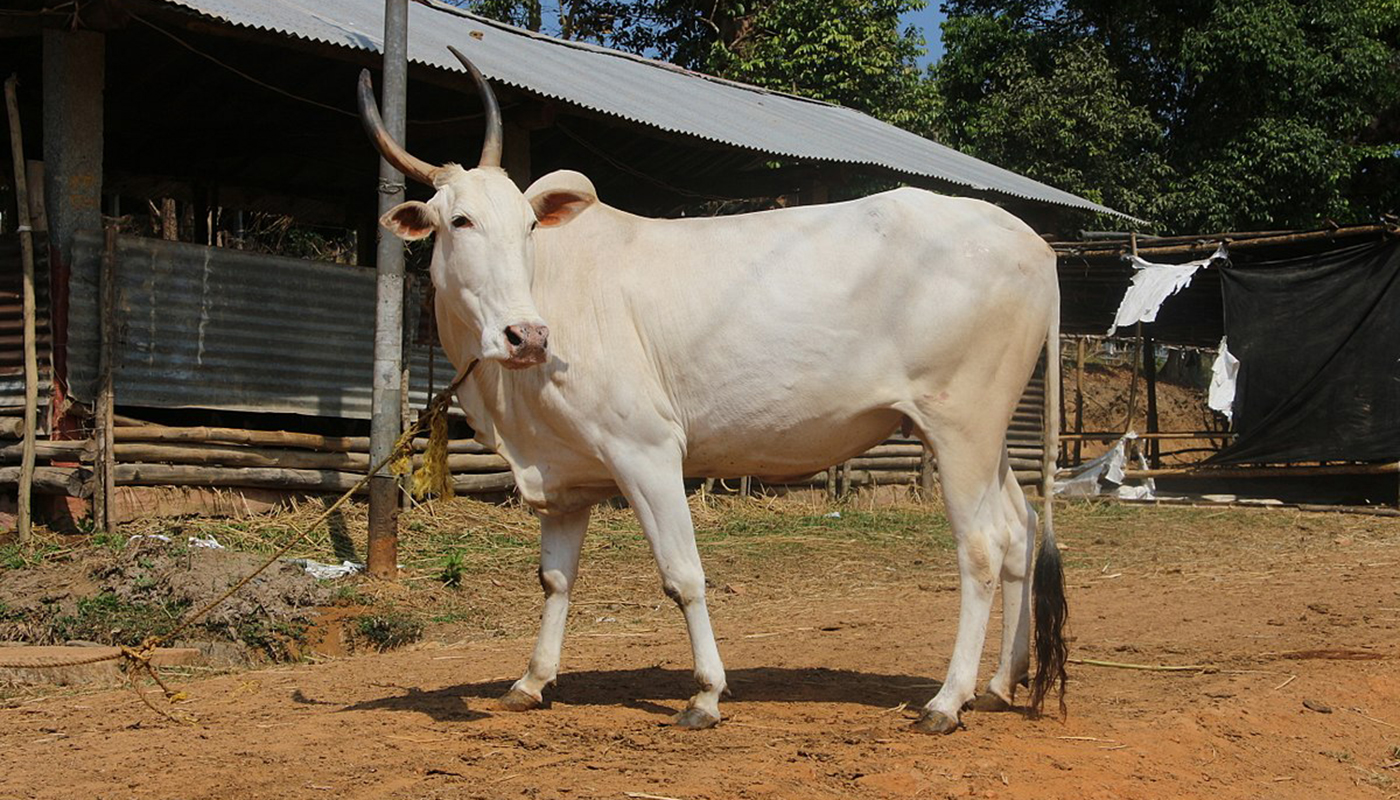 Hallikar Cattle Breed – Everything You Need to Know
Hallikar Cattle Breed – Everything You Need to Know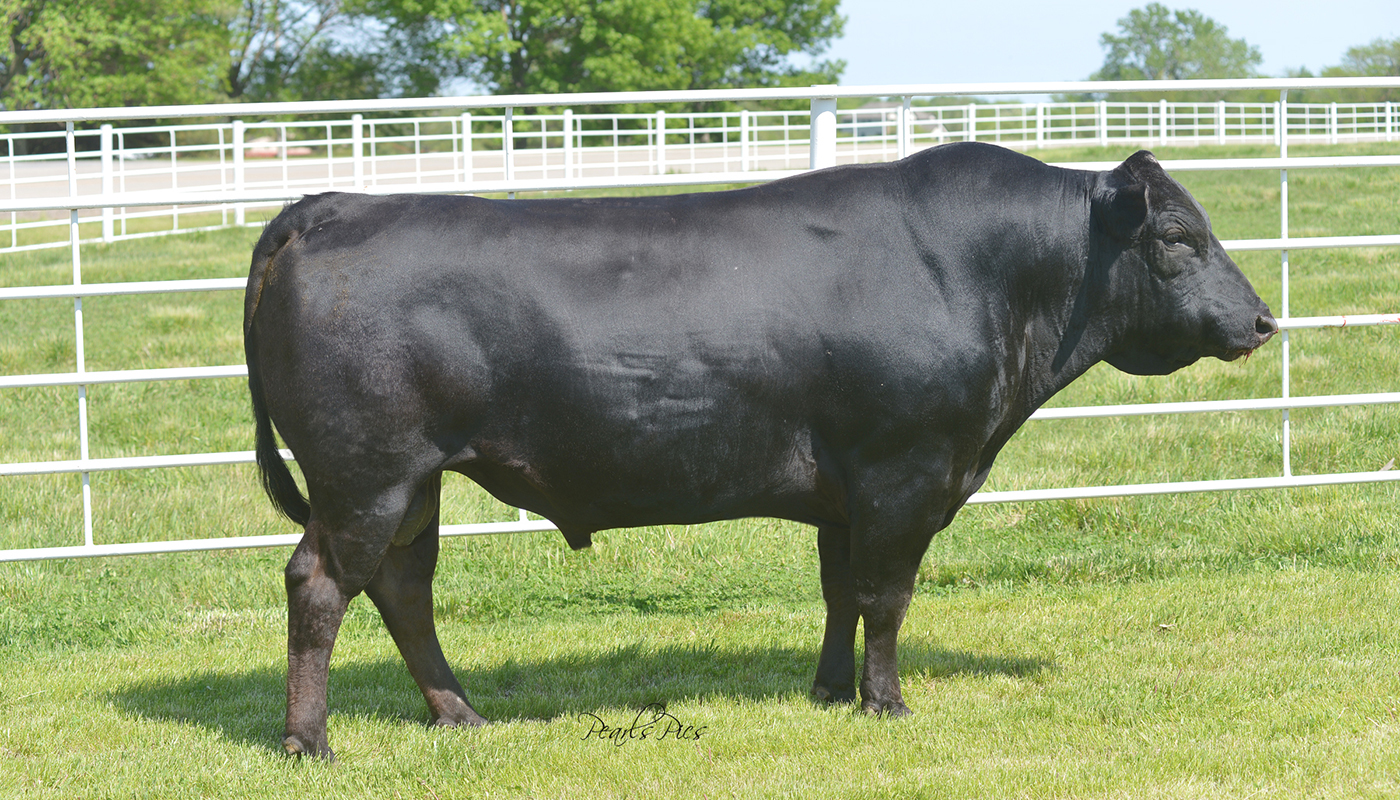 Wagyu Cattle Breed – Everything You Need to Know
Wagyu Cattle Breed – Everything You Need to Know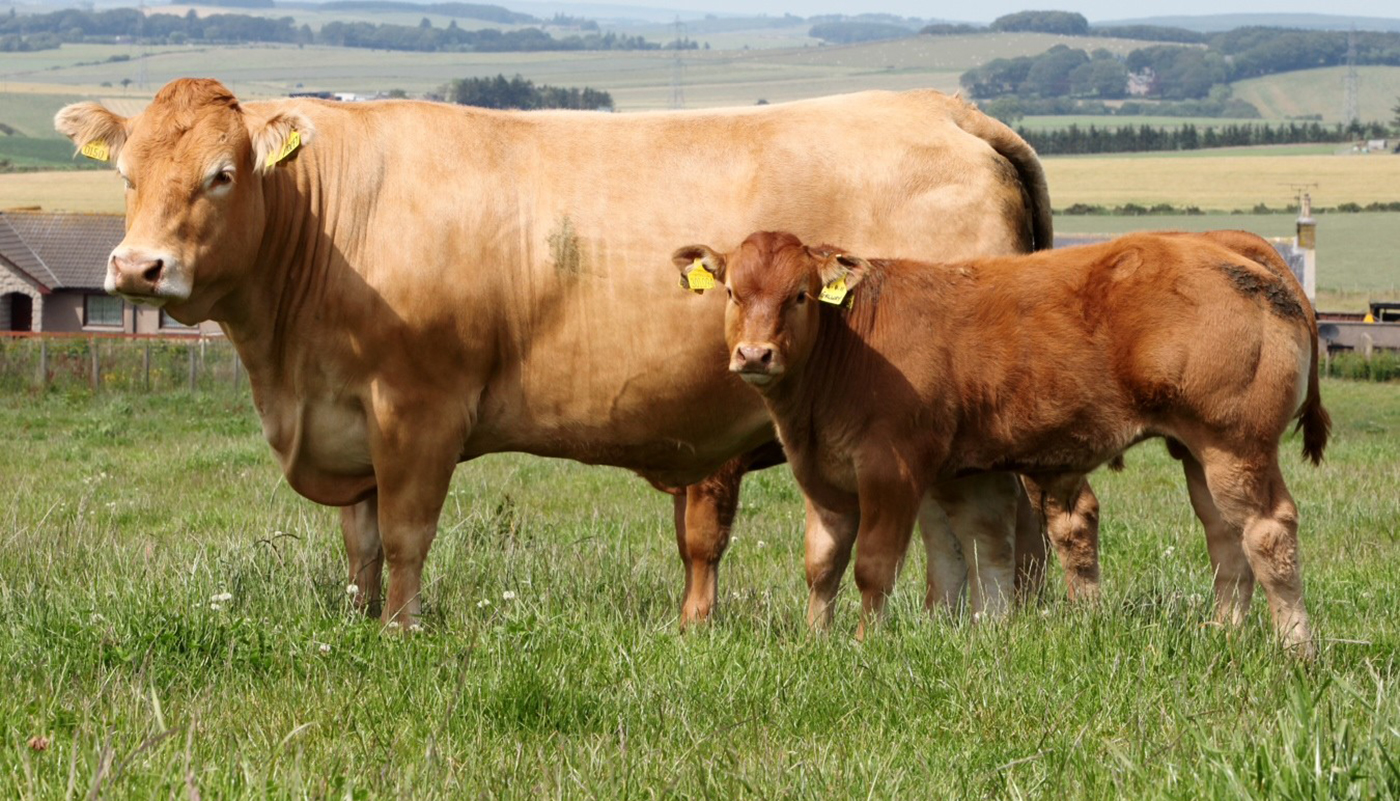 Limousin Cattle Breed – Everything You Need to Know
Limousin Cattle Breed – Everything You Need to Know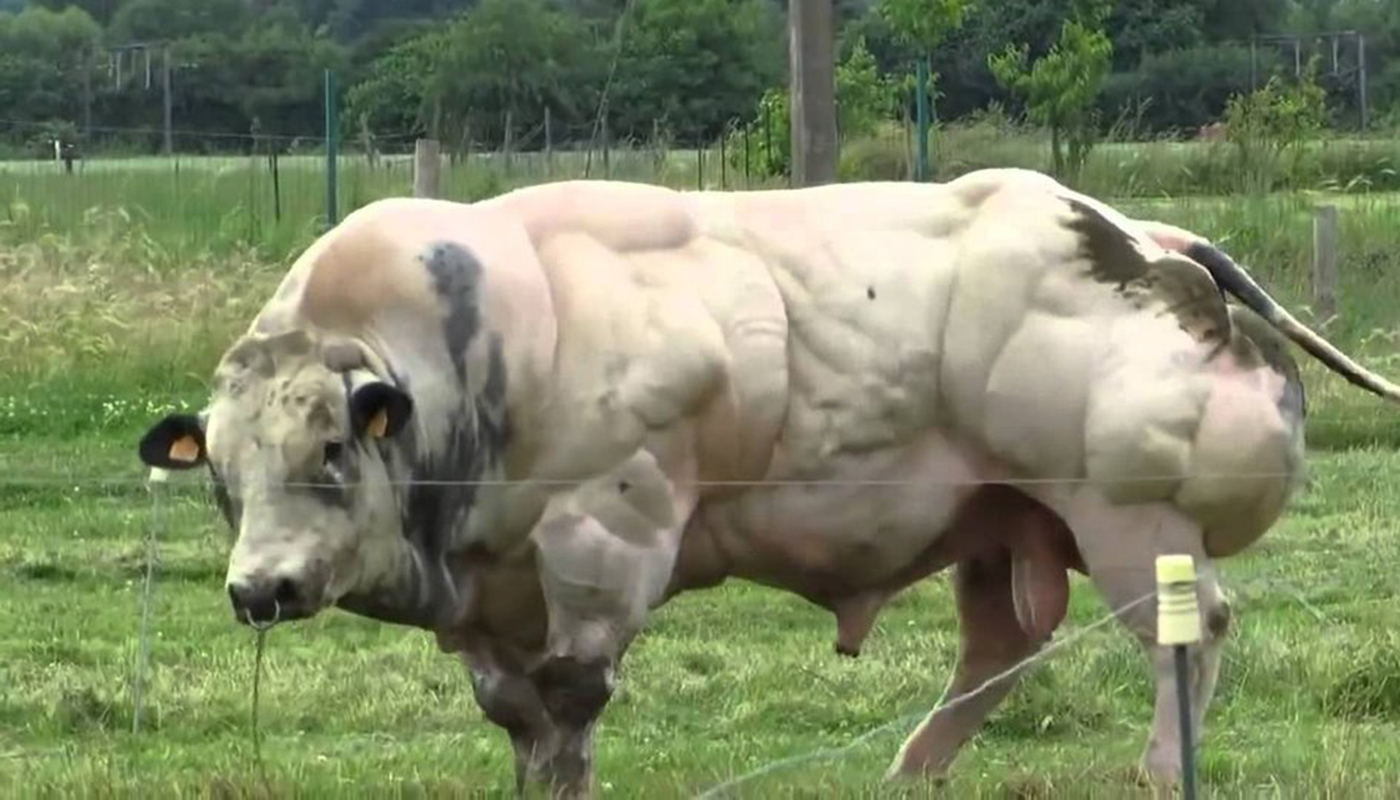 Belgian Blue Cattle Breed – Everything You Need to Know
Belgian Blue Cattle Breed – Everything You Need to Know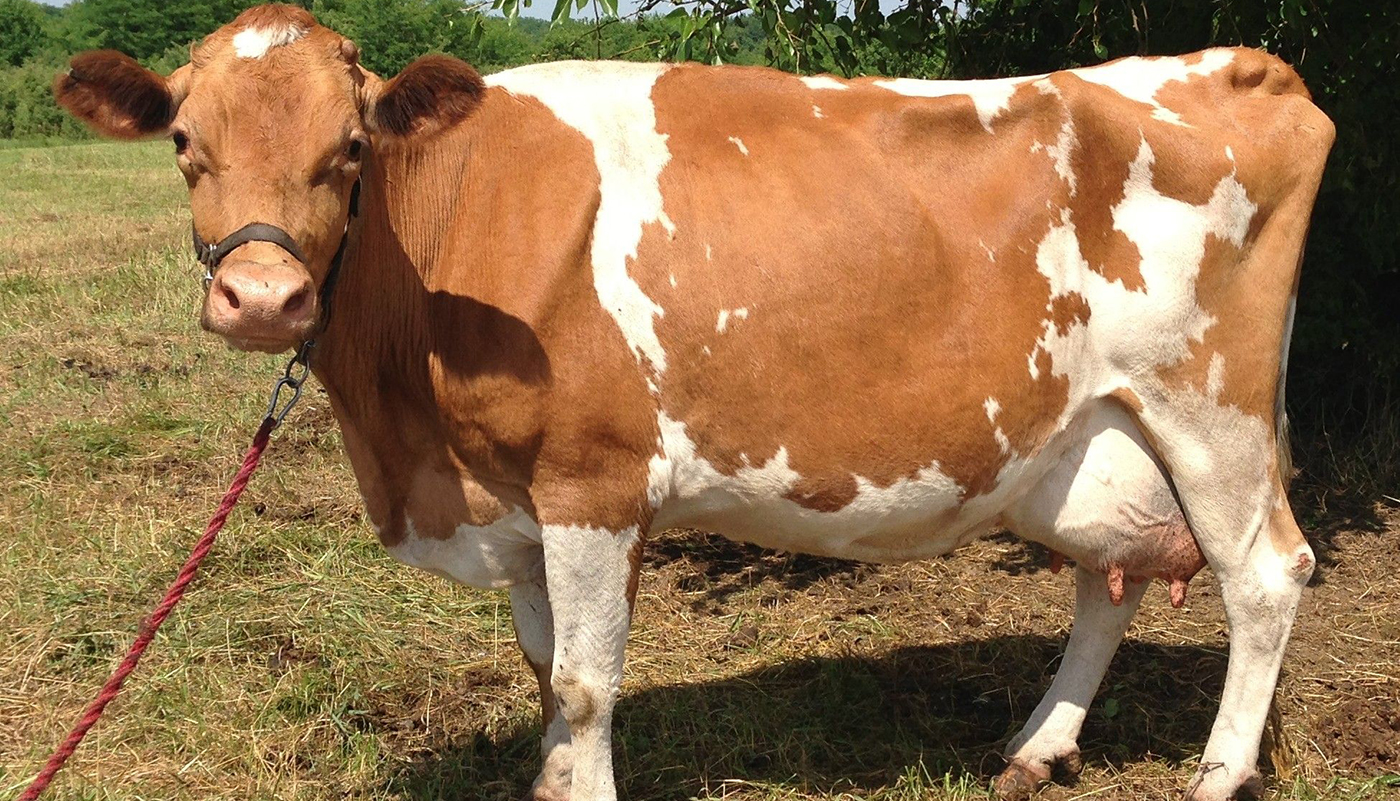 Guernsey Cattle Breed – Everything You Need to Know
Guernsey Cattle Breed – Everything You Need to Know Red Poll Cattle Breed – Everything You Need to Know
Red Poll Cattle Breed – Everything You Need to Know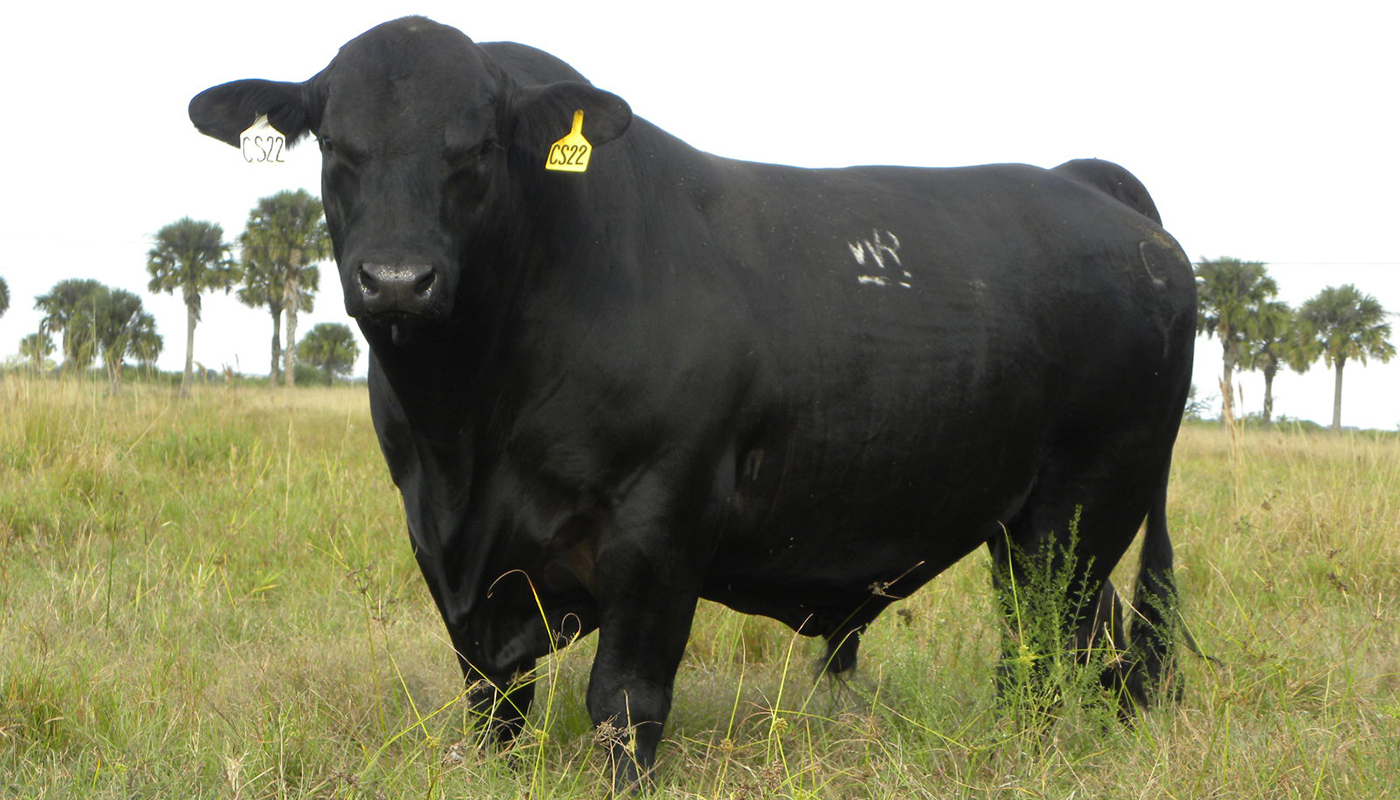 Brangus Cattle Breed – Everything You Need to Know
Brangus Cattle Breed – Everything You Need to Know Hereford Cattle Breed – Everything You Need to Know
Hereford Cattle Breed – Everything You Need to Know Parthenaise Cattle Breed – Everything You Need to Know
Parthenaise Cattle Breed – Everything You Need to Know Highland Cattle Breed – Everything You Need to Know
Highland Cattle Breed – Everything You Need to Know Arouquesa Cattle Breed – Everything You Need to Know
Arouquesa Cattle Breed – Everything You Need to Know Braunvieh Cattle Breed – Everything You Need to Know
Braunvieh Cattle Breed – Everything You Need to Know